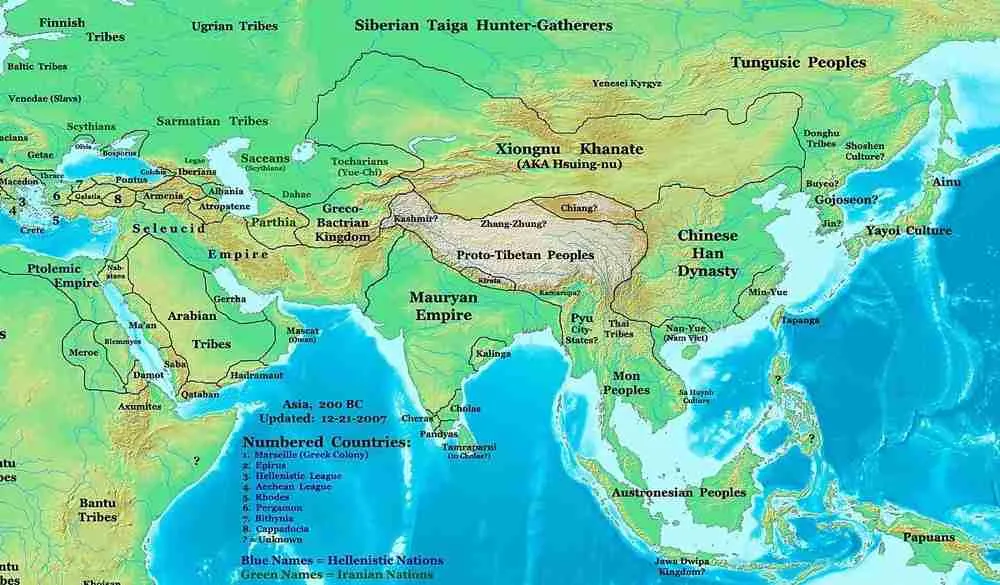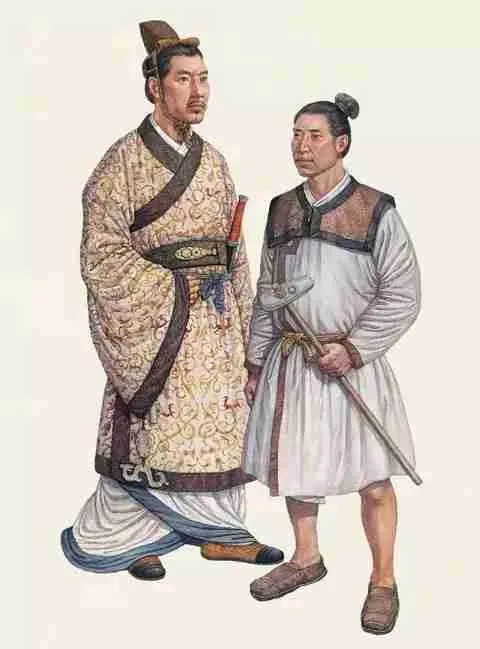The Xianbei became popular in China when the Xiongnu Empire located along the northern frontier started to collapse. Despite the fact that they did not constitute an empire, they lay a foundation for several other Xianbei states of north China between the 4th and 6th Centuries. Read on to learn more about them.
What is Xianbei Ethnicity?
The Xianbei were a group of nomad tribes who lived on the Eastern Steppe, which is currently Inner Mongolia. They were the most prominent of the wide array of non-Chinese groups in the Northern part of China during the Age of Division. When it comes to their ethnicity, some historians argue that they were a group of Proto-Mongols, and another group of historians argue that they were Proto-Turks.
Xianbei Empire

The confederation of the Xianbei or the Xianbei state/empire was a nomadic empire that occupied a large portion of the northern part of China. The empire occupied Northeast China, northern Xinjiang, present-day Mongolia and Inner Mongolia, Buryatia, Gansu, Tuva, Zabaykalsky Krai, Altai Republic, Irkutsk Oblast and eastern Kazakhstan. The Northern Wei empire lasted between 156 and 234, and it was a migratory state ruled by the Xianbei.
Xianbei Clothing

Xianbei clothing was referred to as ‘Hufu’, ‘Hu clothing’, and ‘barbarian clothing’, which simply described the clothing worn in ancient China and its surrounding regions by those who were non-Han Chinese. These clothing types were introduced to the Chinese during the reign of King Wuling of Zhao. The difference between the Hufu clothing worn by the Xianbei and the Chinese clothing is in their collar direction. If you come across those that overlap and close up towards the right, then those are Chinese clothing, and those with left lapels are Xianbei clothing.
Xianbei Culture
In general, the Xianbei were invested in animal husbandry alongside agricultural practice, which was their main economic activity. According to most historical records and other Chinese literary works, they are considered the first group of people to establish the political khanate system that led to the formation of social classes and overall state development. Their main religion was Tengrism, which centered around folk shamanism and the titular sky god Tengri. In addition to that, they loved songs and music, and they often used a zodiac calendar to predict various events.
Xianbei Descendants
Chinese history highlight that the Xianbei derived from the Donghu context, who were affiliated with the ancestors of the Mongols and had adopted their linguistic characteristics. The descendants of the Xianbei are the Khitan and the Tabghach. The Khitan /Khitai are members of a Mongol people who ruled a part of North China and Manchuria under the Liao dynasty. The Tabgach were a Xianbei clan who were part of ancient China.
Conclusion
All in all, the Xianbei played a crucial role in determining the origins of the Tang and Sui dynasties, despite the fact that there isn’t much documentation on their influence in ancient China. To date, they remain an important part of Chinese history.